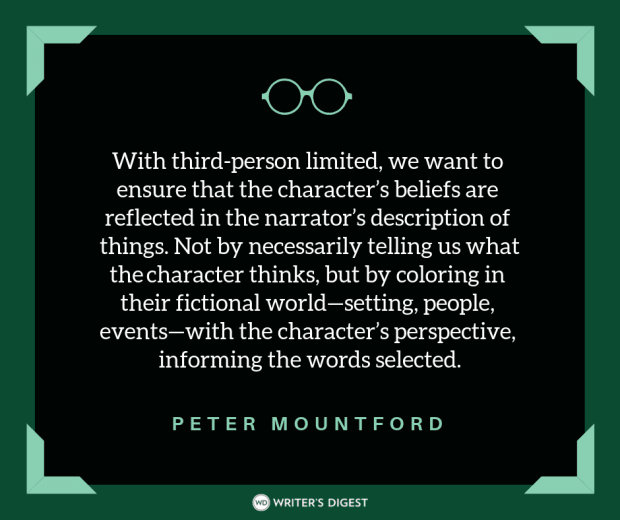Try the “Cut Up” Technique to Free Your Writing
The following advice was shared by Thomas E. Kennedy as part of Glimmer Train’s recent bulletin (click here for full bulletin). Working in Paris in the late 1950s, Brion Gysin…
The following advice was shared by Thomas E. Kennedy as part of Glimmer
Train's recent bulletin (click
here for full bulletin).
Working in Paris in the late 1950s,
Brion Gysin and William S. Burroughs developed the so-called "cut-up"
technique to try to get deeper into the unreasonable heart of a material
and to free themselves of the authoritarian demand of making sense.
For
those who may not be familiar with this technique, here's how it works:
You take one or more texts—either of your own or someone else's or
both, even documents can be used, ad copy, newspapers, anything; you
take a pair of scissors and cut the page or pages once vertically and
once horizontally so you have four rectangles of paper -- or 8 or 12 or 16
or according to how many pages you've stacked together and cut. Now
shuffle the rectangles so that scraps of different sentences come
together. Don't feel compelled to be slavish about fitting the physical
pieces of paper evenly together, but move them, up and down until
pleasingly mad patterns of words begin to appear—or perhaps even not so
mad, perhaps making some unorthodox sense, achieving the logic of
illogic, the sense of nonsense. Work quickly, don't think but use your
intuition to choose the combinations, follow your gut feeling, and feel
free to select the best of the sentences and draw them together from
here and there as you please, as you might collect shells on the beach,
guided by your eye rather than your mind, guided by the irrational
beauty or striking shape or glitter or whatever, by a logic other than
the linear.
Out of all this select enough material to fill a half
to a full page, not more (for the purposes of this exercise)—tweak and
sculpt it a bit if you like, introduce other elements if you like, a
word or a phrase that has been jangling around in your head all day, or a
couple of words that randomly catch your eye from a newspaper headline,
from an ad on back of The New Yorker, a phrase from a song that happens
to be playing on the radio (random selection—or at least seemingly
random selection—is important to this process), whatever, squeeze them
in, cut, reshape, dropping words, co-opting others, but always working
with intuition, never with the conscious controlling manipulating part
of your mind. The objective is liberation from the flat pseudo-sense of
surface to a deeper sensibility, forged of its own ruleless insistence.
--
If
you didn't know, Writer's Digest partnered with Glimmer Train to
publish two compilation volumes of the best stuff from their Writers Ask
newsletter.
Check them out: Volume
2.
Jane Friedman is a full-time entrepreneur (since 2014) and has 20 years of experience in the publishing industry. She is the co-founder of The Hot Sheet, the essential publishing industry newsletter for authors, and is the former publisher of Writer’s Digest. In addition to being a columnist with Publishers Weekly and a professor with The Great Courses, Jane maintains an award-winning blog for writers at JaneFriedman.com. Jane’s newest book is The Business of Being a Writer (University of Chicago Press, 2018).








